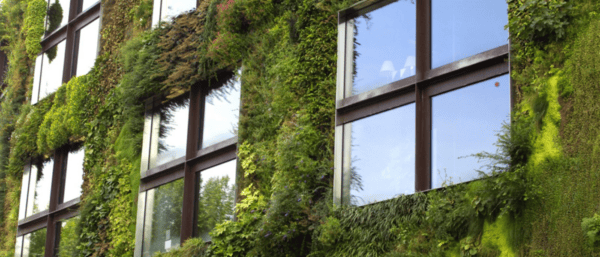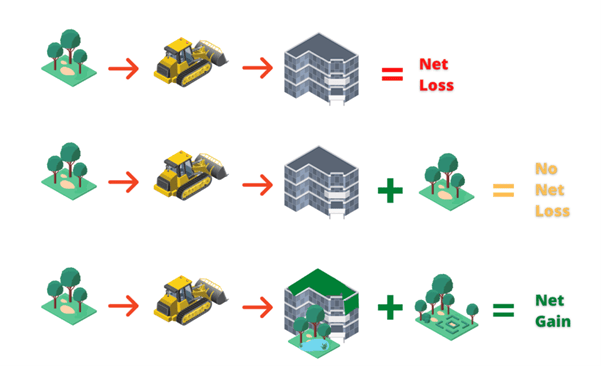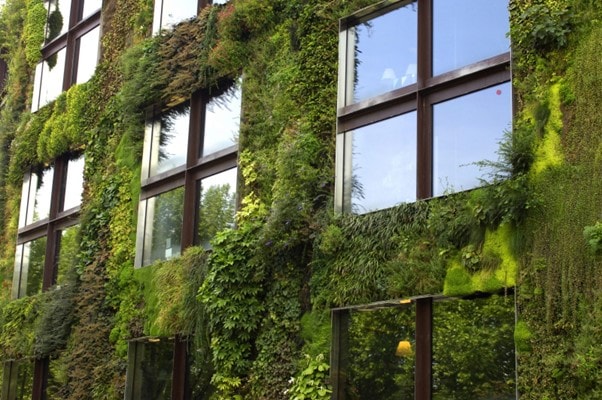Navigating the Biodiversity Net Gain Regulation in New Build Sites.

As urban development continues to expand, the Biodiversity Net Gain (BNG) regulation emerges as a pivotal framework in the UK’s environmental strategy. Mandated under the Environmental Act 2021, this regulation compels developers to enhance biodiversity by at least 10% in new developments1. This approach signifies a transformative step in urban planning, integrating ecological enhancements directly into the construction and development process.
Understanding Biodiversity Net Gain
Biodiversity Net Gain (BNG) is a conservation principle that requires developers to leave the natural environment in a measurably better state than before. Under the BNG, developers must assess the pre-development biodiversity value of the site and ensure that their projects provide an ecological uplift, quantified as a 10% increase in habitat value. This requirement is now a critical component of planning approval processes under the Town and Country Planning Act 1990.

Strategic Implications for Planning and Development
The BNG regulation necessitates early and strategic planning from developers. It involves conducting detailed ecological assessments to determine the current biodiversity levels on a site and designing interventions that increase these levels by the required percentage. The process encourages developers to incorporate sustainable design elements such as:
- Retention of key natural features
- Creation of new habitats
- Enhancement of existing ecological areas
- Implementation of green corridors and connectivity pathways
Compliance and Methodology
Achieving compliance with BNG involves a structured approach:
- Initial Assessment: Detailed surveys to establish a biodiversity baseline before development.
- Design and Planning: Integration of biodiversity enhancements in the site’s design, aiming to exceed the baseline by at least 10%.
- Implementation: Construction practices that minimise ecological disruption and implement planned biodiversity enhancements.
- Post-Construction Monitoring: Regular monitoring to ensure the ecological value is maintained or increased, as per BNG requirements.
Developers may also use Biodiversity Units, measured through the Biodiversity Metric 4.0, to calculate gains and ensure compliance. This metric helps in planning how habitats can be managed or created to meet the BNG thresholds.
Challenges and Opportunities
While the BNG regulation presents challenges, including the need for upfront investment in ecological assessments and possibly more complex planning processes, it offers significant opportunities:
- Enhanced site value and appeal through increased green space and ecological features
- Improved relationships with local authorities and communities by demonstrating commitment to environmental stewardship
- Potential for ecological innovations that can be marketed as unique selling points
Practical Ways to Achieve Biodiversity Net Gain:
- Planting New Trees: Introduce native tree species to increase carbon sequestration, provide habitat, and enhance the landscape aesthetic.
- Creating Wetlands: Develop new wetland areas to support a diverse range of aquatic species and improve water quality.
- Restoring Meadows: Convert underutilised lands into wildflower meadows to boost pollinator populations and enhance biodiversity.
- Installing Green Roofs and Walls: Implement green roofs and living walls to expand habitat space vertically in urban environments.
- Developing Hedge Rows: Plant new hedges to create natural wildlife corridors, enhancing connectivity between habitats.
- Constructing Bird and Bat Boxes: Install these structures to provide nesting sites for local bird and bat populations, supporting their conservation.

Biodiversity Net Gain Case Studies
Practical examples of BNG implementation can provide insights into successful strategies:
Tunbridge Wells: Turnden development project
In the Turnden development project, significant steps were taken to enhance local biodiversity as part of their planning application to meet and exceed the Biodiversity Net Gain (BNG) requirements. The project involved converting previous equestrian centre grassland paddocks into a vibrant residential community. To achieve a substantial increase in biodiversity, the development plan included several key ecological enhancements:
- Restoration of Local Landscape: The development emphasised restoring the natural landscape, which involved significant planting and rehabilitation of native species in hedgerows, ancient woodlands, and around two existing ponds.
- Creation of Publicly Accessible Green Spaces: The plan incorporated extensive publicly accessible recreational lands and on-site open spaces, designed to promote biodiversity while providing community amenities.
- Installation of Play Areas: Including child-friendly play areas within the green spaces not only served the community’s needs but also helped integrate human activity into the natural setting without disrupting existing wildlife.
- Enhanced Habitat Connectivity: By carefully designing the site layout, the development ensured that habitats were not isolated, promoting ecological corridors that facilitate wildlife movement and interaction.
These initiatives were supported by a revised Biodiversity Net Gain report, which recalculated the ecological value post-development to show a significant net gain of 21.6%, marking a proactive effort to not only preserve but enrich the biodiversity of the area and also far exceed the new BNG regulations.
Conclusion
The Biodiversity Net Gain regulation represents a forward-thinking approach to urban development in the UK. By requiring developers to enhance ecological value, it embeds sustainability into the core of urban planning and construction practices. As this regulation takes full effect, it will likely shape the future of development by prioritising ecological enhancements and sustainability, thereby contributing to a more biodiverse and resilient urban environment.
1 Exemptions do apply and these can be found on the following site: https://www.gov.uk/guidance/biodiversity-net-gain-exempt-developments